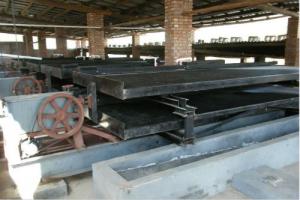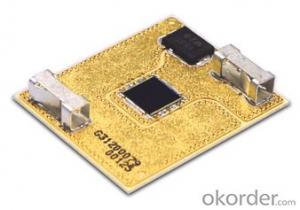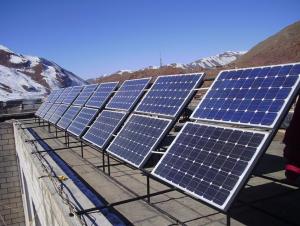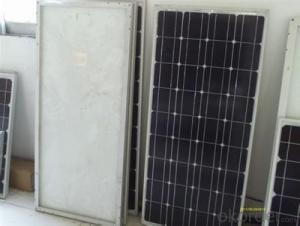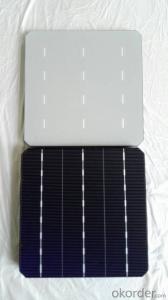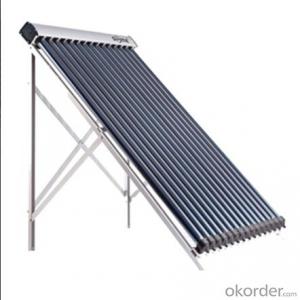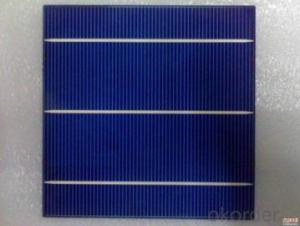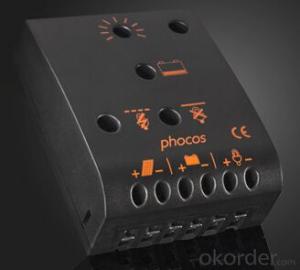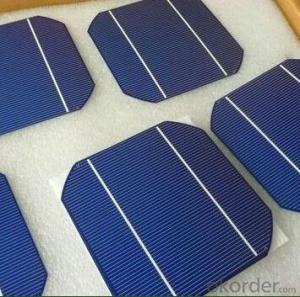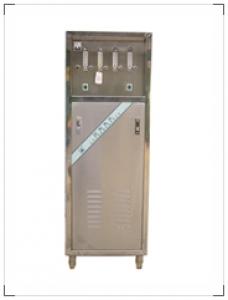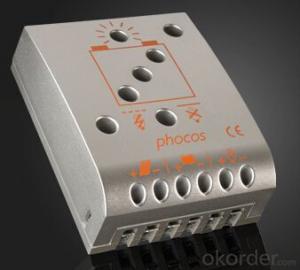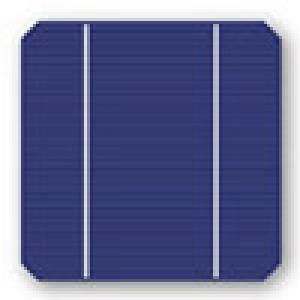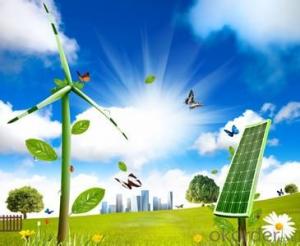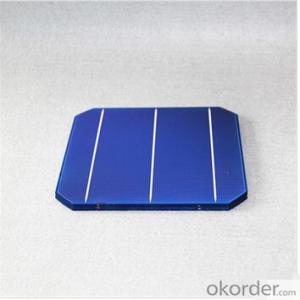Concentrator Solar Cells
Concentrator Solar Cells Related Searches
Compact Solar Cells Encapsulation Solar Cells Inverter Solar Cell Photovoltaic Solar Cells Crystalline Solar Cells Satellite Solar Cells Plant Based Solar Cells Commercial Solar Cells High Temperature Solar Cells High Voltage Solar Cells Solar Energy Cells Screen Printed Solar Cells Cdte Solar Cells Bulk Solar Cells Solar Cell Module Folding Solar Cells Central Inverter Solar Foldable Solar Cells Electric Solar Cells Cdte Thin Film Solar Cells High Output Solar Cells 12 Volt Solar Cells Chipped Solar Cells High Power Solar Cells Floating Solar Cells High Performance Solar Cells High Wattage Solar Cells Bacteria Solar Cells Multijunction Solar Cells Heterojunction Solar CellsConcentrator Solar Cells Supplier & Manufacturer from China
Concentrator Solar Cells are a type of photovoltaic technology that utilizes lenses or mirrors to focus sunlight onto small, highly efficient solar cells. These cells are designed to capture and convert a higher concentration of sunlight into electricity, resulting in a more efficient energy generation process. They are particularly effective in areas with abundant sunlight, making them a popular choice for large-scale solar power plants and remote locations where traditional solar panels may not be as efficient.Concentrator Solar Cells are widely used in various applications, such as utility-scale solar power plants, remote area power supplies, and even in some space applications. They are especially suitable for areas with high direct normal irradiance (DNI), which is the measure of sunlight intensity that is directly overhead. This technology allows for a significant reduction in the amount of solar cells needed, as the concentrated sunlight increases the power output per unit area. This makes Concentrator Solar Cells an attractive option for large-scale solar energy projects, where land availability and cost efficiency are critical factors.
Okorder.com is a leading wholesale supplier of Concentrator Solar Cells, offering a vast inventory of high-quality products to cater to the needs of various industries and applications. With a commitment to providing reliable and efficient solar energy solutions, Okorder.com ensures that customers have access to the latest technology and the best possible prices. By partnering with reputable manufacturers and continuously updating their product range, Okorder.com has established itself as a trusted source for Concentrator Solar Cells, helping businesses and individuals harness the power of the sun for a sustainable future.
Hot Products

